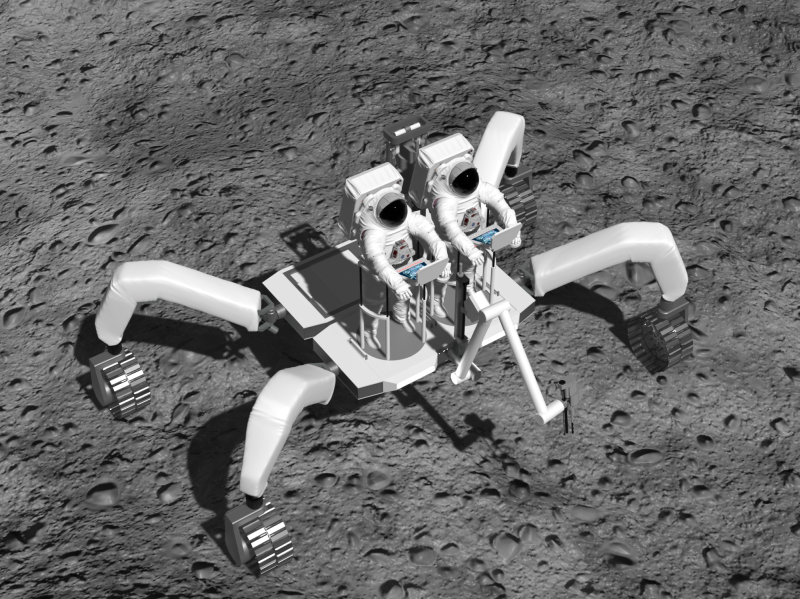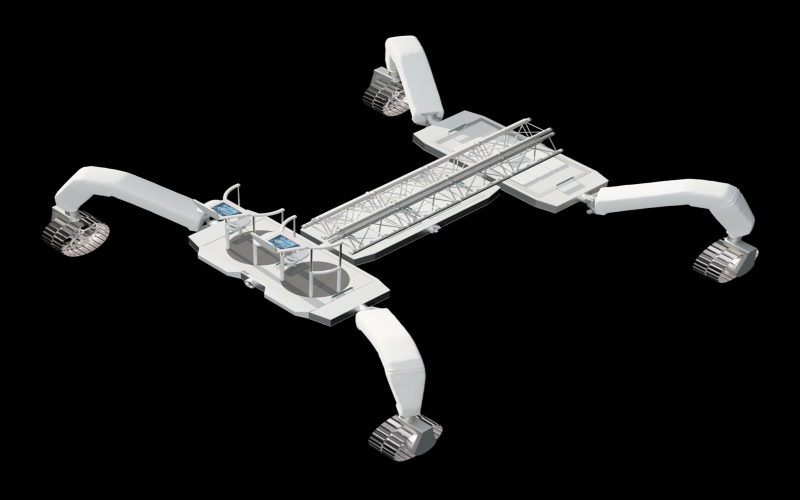Thanks to a $50,000 grant from Boeing for a six-month lunar surface systems study, a researcher and her team at the University of Houston's Cullen College of Engineering are designing potential rovers and habitats for usage on the Moon.
Dr. Olga Bannova, a research professor in the Mechanical Engineering Department and the director of the Space Architecture Graduate Program, said that she was contacted by representatives from Boeing to do the study. Assisting her work were Jasleen Kaur, Richard Spolzino and Vittorio Netti.
The grant, “Design and use of a lunar terrain vehicle (rover) and mockup and simulation for a small lunar habitat,” has led to a paper presentation. In October Bannova will be presenting, “Lunar surface systems architecture study to enable potential for the large scale infrastructure development,” at the 72nd International Astronautical Congress in Dubai.
According to an abstract from Bannova, “For rover design development two rover operations scenarios were investigated: 1. Using a crew-operated rover to transfer cargo from a cargo lander to a habitat. 2. Using an autonomous rover to transfer cargo from a cargo lander to a habitat.” Bannova's paper will present the results of simulations from those rover operations, as well as design recommendations for a habitat layout.
At a time when visiting Mars is getting a lot of focus, Bannova noted that there was still much to learn about the Moon. Establishing suitable structures for it is a first step toward any further galactic exploration.
“In addition to fundamental science research opportunities, building infrastructure on the Moon that can not only support itself but provide means for space exploration beyond Earth-Moon system is vital,” she said.

